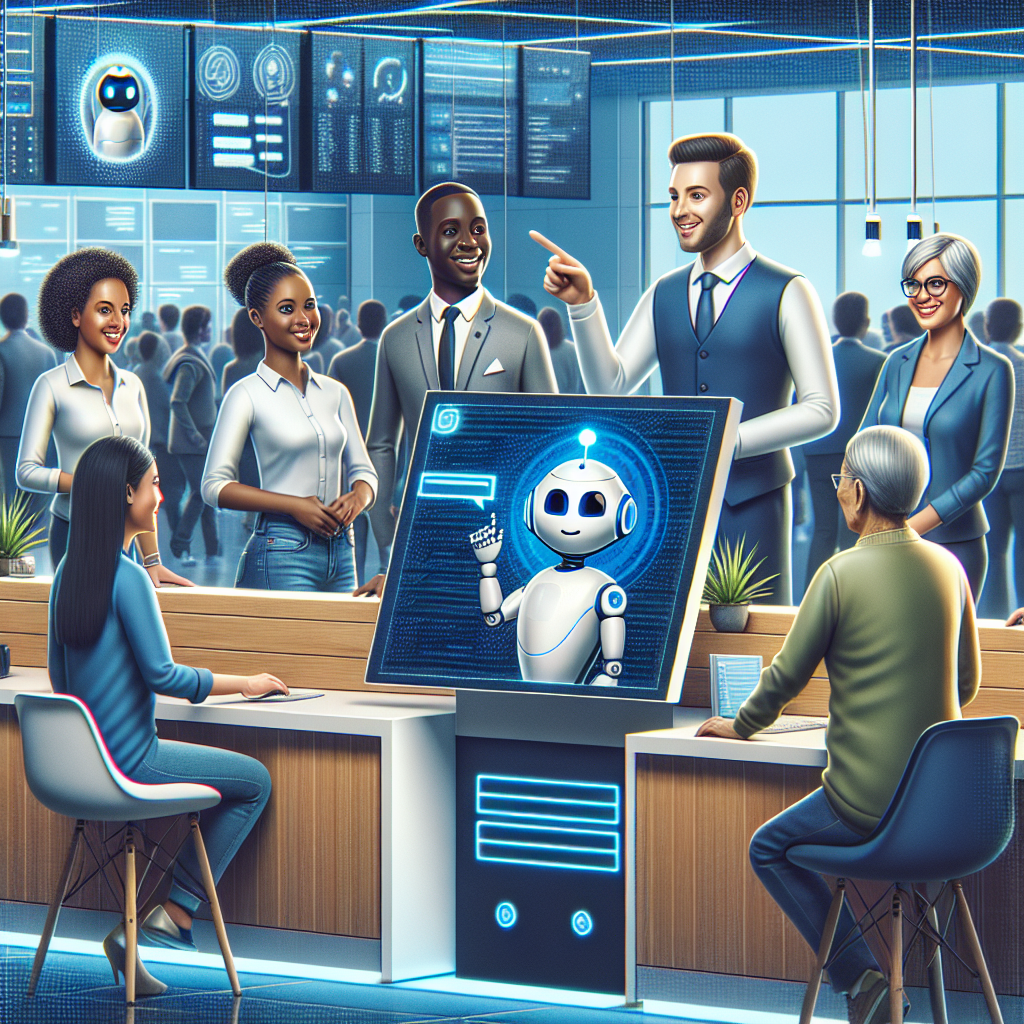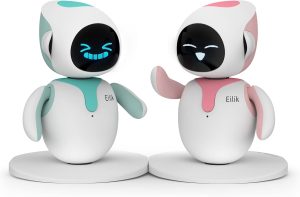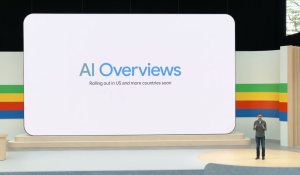Enhancing Helpdesk Services with AI Chatbots: Here’s How!

In today’s fast-paced digital landscape, customer support needs to be prompt, efficient, and available 24/7. This is where AI chatbots come into play, revolutionizing the way helpdesk services operate. By leveraging advanced natural language processing (NLP) and machine learning algorithms, AI chatbots can handle a multitude of customer queries simultaneously, providing instant responses and solutions.
AI chatbots are designed to understand and interpret customer inquiries, offering relevant information or directing them to the appropriate department. This not only reduces response times but also frees up human agents to tackle more complex issues that require a personal touch.
One of the key advantages of integrating AI chatbots into helpdesk services is their ability to work around the clock. Unlike human agents, chatbots don’t need breaks, ensuring that your customers receive consistent support at any time of the day or night. Additionally, these chatbots can learn and adapt over time, improving their responses based on previous interactions.
Businesses across various sectors are already experiencing the benefits of AI chatbots. From e-commerce platforms to financial institutions, companies are witnessing enhanced customer satisfaction and increased operational efficiency. If you’re looking to stay ahead in the competitive market, now is the time to embrace this technology.
Ready to transform your helpdesk services? Learn AI Chatbot Course and discover how you can build powerful AI chatbots tailored to your business needs.
Benefits of AI Chatbots in Helpdesk Services

Integrating AI chatbots into helpdesk services offers a myriad of benefits that go beyond just automating responses. These advanced systems significantly enhance the overall customer experience while optimizing operational workflows. Here are some key benefits:
- 24/7 Availability: AI chatbots ensure that your helpdesk is always online, providing support at any hour without the need for human intervention. This constant availability can greatly improve customer satisfaction.
- Instant Response Times: One of the most critical aspects of customer service is response time. AI chatbots can provide immediate answers to common queries, reducing wait times and enhancing user experience.
- Cost Efficiency: By handling routine inquiries, AI chatbots free up human agents to focus on more complex issues, thereby reducing the overall cost of customer support operations. This can lead to significant savings in staffing and training costs.
- Scalability: Unlike human agents who are limited by the number of interactions they can handle concurrently, AI chatbots can engage with thousands of customers simultaneously, making them highly scalable solutions for growing businesses.
- Consistency and Accuracy: AI chatbots provide uniform responses based on their programming, ensuring that customers receive accurate information every time. This consistency helps in building trust and reliability with your customer base.
- Data Collection and Insights: AI chatbots can collect valuable data from customer interactions, which can be analyzed to gain insights into customer behavior, preferences, and pain points. These insights can be used to improve products, services, and overall customer support strategies.
The implementation of AI chatbots in helpdesk services is not just a trend but a strategic move that can provide long-term benefits. Companies that adopt this technology can expect to see improvements in customer satisfaction, operational efficiency, and overall service quality.
How AI Chatbots Improve Customer Experience

AI chatbots are revolutionizing the way businesses interact with their customers by significantly improving the customer experience. Here’s how:
- Personalized Interactions: AI chatbots can be programmed to recognize and remember customer preferences, creating a personalized experience for each user. By using past interactions and data, these bots can tailor responses and suggestions, making customers feel valued and understood.
- Reduced Wait Times: One of the biggest pain points for customers is long wait times. AI chatbots can handle multiple inquiries simultaneously, ensuring that customers receive prompt responses. This leads to a more efficient support system and happier customers.
- Consistent Support: Human agents may vary in their responses due to various factors, but AI chatbots provide consistent and accurate information every time. This uniformity helps in building trust and reliability with your customer base.
- 24/7 Availability: Unlike human agents, AI chatbots don’t require breaks or sleep. They are available round-the-clock, ensuring that customers can get the help they need at any time of the day or night.
- Multi-language Support: AI chatbots can be programmed to understand and respond in multiple languages, breaking down language barriers and making it easier for businesses to cater to a global audience.
- Seamless Escalation: While AI chatbots handle routine inquiries efficiently, they can also recognize when an issue needs human intervention. In such cases, they can seamlessly escalate the matter to a human agent, ensuring that the customer receives the best possible support.
- Proactive Assistance: AI chatbots can monitor customer behavior in real-time and offer proactive assistance. For example, if a customer seems to be struggling with a particular feature on your website, the chatbot can step in and offer help, enhancing the overall user experience.
By implementing AI chatbots, businesses can create a more responsive, personalized, and satisfying customer experience. This not only helps in retaining customers but also in building a positive brand image.
Implementing AI Chatbots in Your Helpdesk
Implementing AI chatbots in your helpdesk can be a game-changer, but it requires a strategic approach to ensure success. Here are some key steps to follow:
- Identify Your Objectives: Before diving into implementation, clearly define the objectives you aim to achieve with AI chatbots. Whether it’s reducing response times, improving customer satisfaction, or handling a higher volume of inquiries, having a clear goal will guide your strategy.
- Choose the Right Platform: Several AI chatbot platforms are available, each with its own set of features. Evaluate options like Dialogflow, IBM Watson Assistant, and Microsoft Bot Framework to find the one that best meets your needs. Consider factors such as ease of integration, scalability, and language support.
- Design Conversational Flows: Plan out the conversational flows your chatbot will follow. This involves scripting potential questions and responses, as well as defining how the bot will handle various scenarios. Aim for natural, engaging dialogues that will make interactions feel seamless and intuitive.
- Integrate with Existing Systems: For a truly effective helpdesk chatbot, it’s crucial to integrate it with your existing CRM, ticketing system, and other support tools. This allows the chatbot to access relevant customer data, provide context-aware responses, and update records automatically.
- Train Your AI: AI chatbots rely on machine learning models that need to be trained with relevant data. Use historical helpdesk tickets and customer interactions to train your chatbot, ensuring it can accurately understand and respond to a wide range of inquiries.
- Test Extensively: Before launching your AI chatbot, conduct thorough testing. This includes not only technical testing but also user testing to gather feedback on the chatbot’s performance and user experience. Make necessary adjustments based on the test results.
- Monitor and Optimize: Once your AI chatbot is live, continuously monitor its performance. Use analytics to track key metrics such as response time, resolution rate, and customer satisfaction. Regularly update and optimize your chatbot based on this data to ensure it continues to meet your helpdesk objectives.
By following these steps, you can successfully implement AI chatbots in your helpdesk, leading to more efficient operations and enhanced customer support. A well-implemented chatbot can transform your helpdesk into a proactive, responsive, and customer-centric service.
Best Practices for AI Chatbot Deployment

Deploying AI chatbots in your helpdesk is a strategic move, but to ensure maximum effectiveness, it’s crucial to follow best practices. Here are some key guidelines:
- Start Small: Begin with a limited deployment, focusing on a specific use case or department. This allows you to test the waters, gather valuable feedback, and make necessary adjustments before scaling up.
- Ensure Data Privacy: Given that chatbots will handle sensitive customer information, it’s imperative to prioritize data privacy and security. Implement encryption, secure data storage, and regular audits to protect customer data.
- Maintain Human Oversight: While AI chatbots can handle many tasks autonomously, ensure there’s always a human agent available to step in when needed. This is crucial for resolving complex issues and providing a personal touch.
- Regularly Update Content: Keep your chatbot’s knowledge base up-to-date with the latest information, FAQs, and policy changes. Regular updates ensure that the chatbot provides accurate and relevant responses.
- Optimize for Multichannel Support: Customers interact with businesses across various channels—be it social media, email, or live chat. Ensure your AI chatbot is optimized for multichannel support to provide a consistent experience across all touchpoints.
- Leverage Analytics: Use chatbot analytics to monitor performance and user interactions. Analyze metrics like user satisfaction, resolution times, and conversation drop-offs to identify areas for improvement.
- Focus on User Experience: Design your chatbot to offer a seamless and intuitive user experience. This includes using natural language processing (NLP) for more human-like interactions and minimizing user frustration by providing clear guidance and options.
- Train Continuously: AI chatbots learn and improve over time. Continuously train your chatbot using new data and feedback to enhance its accuracy and effectiveness. Regular training helps the chatbot adapt to evolving customer needs and language nuances.
- Promote Transparency: Clearly inform users that they are interacting with a bot and provide easy access to human support. Transparency builds trust and ensures users know what to expect from the interaction.
By adhering to these best practices, you can ensure that your AI chatbot deployment is successful, delivering enhanced helpdesk services and improving overall customer satisfaction. A well-deployed chatbot not only streamlines operations but also provides a superior customer experience.
Future of AI Chatbots in Helpdesk Services

The future of AI chatbots in helpdesk services is incredibly promising, with advancements in technology paving the way for even more sophisticated and effective solutions. One of the most exciting prospects is the integration of machine learning and natural language processing (NLP) capabilities. These enhancements will enable chatbots to understand and respond to customer queries with greater accuracy and human-like interaction.
Another area of growth is in the use of multi-modal interaction. Future chatbots will not only communicate via text but also through voice, video, and even augmented reality (AR) interfaces. This will provide a more immersive and engaging user experience, meeting customers where they are most comfortable.
The implementation of predictive analytics will also revolutionize helpdesk services. By analyzing past interactions and customer behavior, AI chatbots will be able to anticipate issues before they arise, offering proactive support and solutions. This preemptive approach can significantly enhance customer satisfaction and loyalty.
Moreover, the future will see AI chatbots becoming more integrated within an omnichannel support strategy. Seamless integration across various platforms, such as social media, email, and live chat, will ensure a consistent and unified customer service experience.
In addition, AI chatbots will play a crucial role in personalized customer service. By leveraging data analytics, chatbots can tailor their responses and solutions to individual customer needs, creating a more customized and efficient service.
Finally, the continuous improvement in AI technology will make chatbots more autonomous, reducing the need for human intervention in routine tasks. This will allow human agents to focus on more complex and high-value interactions, improving overall operational efficiency.
As we look forward to these advancements, it’s clear that AI chatbots will be indispensable in the evolution of helpdesk services. They promise not only to streamline operations but also to deliver a superior customer experience.
Ready to be part of this exciting future? Learn AI Chatbot Course and equip yourself with the skills to build powerful AI chatbots for your helpdesk services. Join us and start transforming your customer support today!








